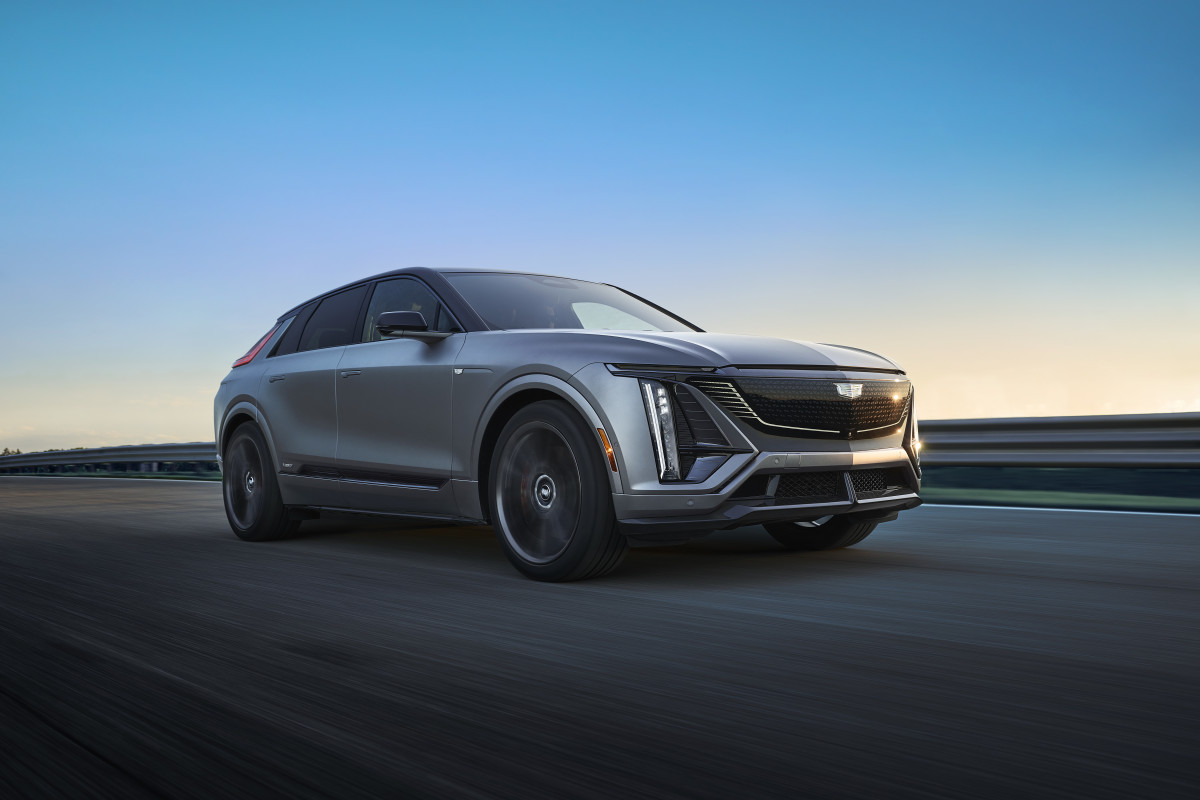DTN News: Sukhoi Will Supply Russian Air Force With 64 Su Series Fighter Jets
*Source: DTN News / Defense Media
(NSI News Source Info) ZHUKOVSKY (Moscow region) Russia - August 23, 2009: Sukhoi will supply 64 fighter jets to the Russian Air Force. The contract on the delivery of 48 Sukhoi Su-35S, twelve Su-27SM and four Su-30M2 was signed between the Russian Defense Ministry and Sukhoi at the MAKS 2009 aerospace show on Tuesday in the attendance of Prime Minister Vladimir Putin. 
On the world fighter market Russia’s Sukhoi is pinning its hopes, in the near future, on a substantially modernized Su-35 multi-role fighter. The model must be an interim type between today’s Su-30MK in various configurations and a prospective fifth-generation fighter, whose deliveries may start in the second half of the next decade. The Su-35 is a 4++ generation aircraft employing technologies of the fifth generation. They make it superior to all other 4th generation fighters now under development worldwide. In 2009-2015, thanks to these technologies, the Su-35 will dominate the world market, outperforming other proposed multi-role fighters.
The first experimental Su-35, completed in summer 2007 at Komsomolsk-na-Amure Aviation Production Association (KnAAPO) first appeared at Russia’s MAKS-2007 air show.
A new aircraft with an old name
The Su-35 has long been a brand name in the aviation world. Since 1992, an export version of the Su-27 fighter (created under the order of the Russian Air Force) has been demonstrated at international air shows. At the turn of the millennium, Su-35 fighters participated in the tenders of Korean and Brazilian air forces. By the mid-decade of the new century, a general concept emerged of a considerably modified Su-27 fighter, which retained the name of Su-35.
What is new in the Su-35? First off, the fighter will get an improved airframe, which will dramatically increase its service life to 6,000 hours, 30 years of operation (the time before the first test and recondition and the between-repairs period has been increased to 1,500 hours, or 10 years of operation). Aerodynamically it is similar to the Su-27. But unlike the Su-30MKI it will feature no canard fins. All the three channels will have electrically signaled control without mechanical cabling. The use of a new integrated control system (developed by MNPK Avionika Moscow-based Research and Production Association) simultaneously performing functions of several systems – remote control, automatic control, limiting signals system, air signals system, chassis wheels braking system – will enhance the fighter’s handling capability and maneuverability.
Among the Su-35 design features, worth of note is the absence of an overhead brake flap, a standard characteristic of the Su-27. Its functions are performed by an active rudder. The Su-35 chassis has been reinforced because of the increased takeoff and landing weight of the aircraft. For the same reason, the front bearing has two wheels. The improved radar stealth reduces the reflectance of the Su-35 in the X radio waveband and in the angle range of ±60°.

“The Russian Air Force will receive 48 Su-35 fighter jets before 2015, as well as twelve Su-27SM and four Su-30M2 in 2010-2011,” a source at the Defense Ministry press office told Itar-Tass.
Last year the Defense Ministry and Sukhoi signed a contract on the delivery of 32 Su-34 bombers serially produced at the Chkalov Aviation Plant in Novosibirsk.
“Long-term contracts will give jobs to plants and shift the emphasis from modernization of existent warplanes to production of new ones,” Sukhoi Director General Mikhail Pogosyan said. “The delivery of new fighter jets will not only strengthen Russian defense and assist modernization of the Air Force but also help the switch to new technologies and new-generation fighters,” he said. “The company is ready to fulfill the contracts on time.”



















No comments:
Post a Comment